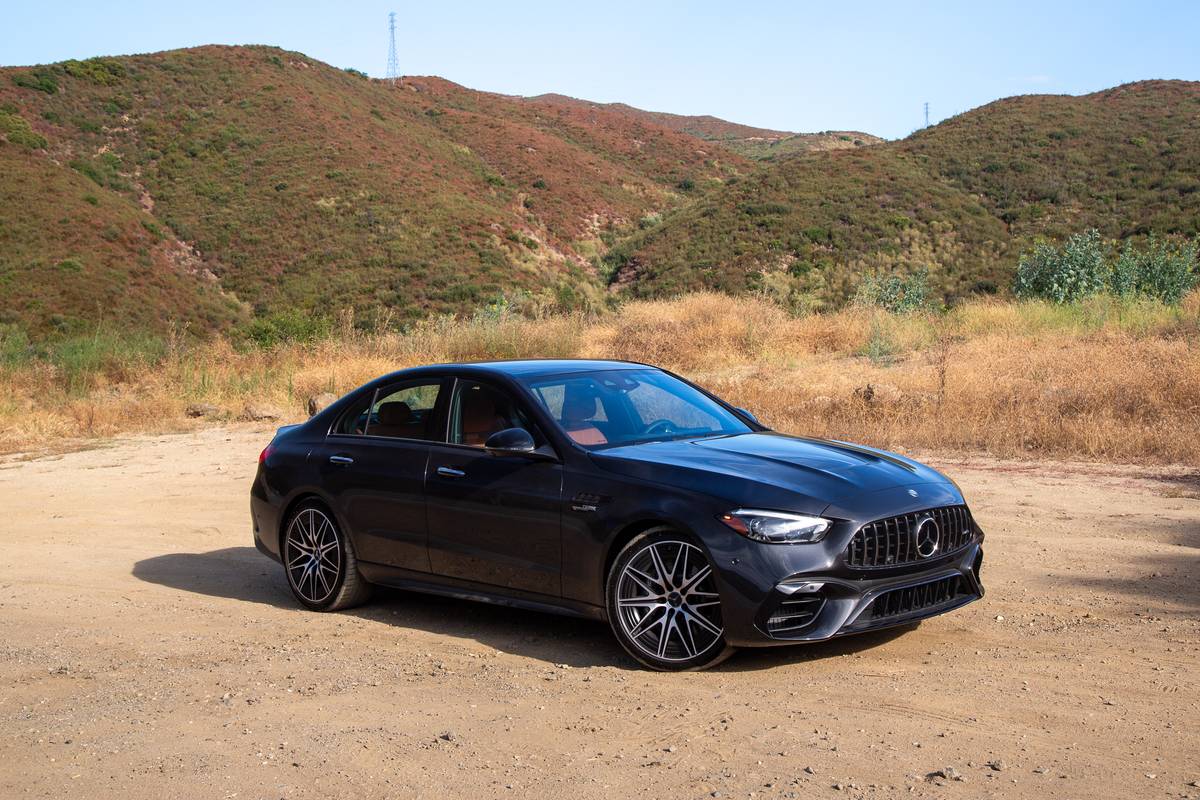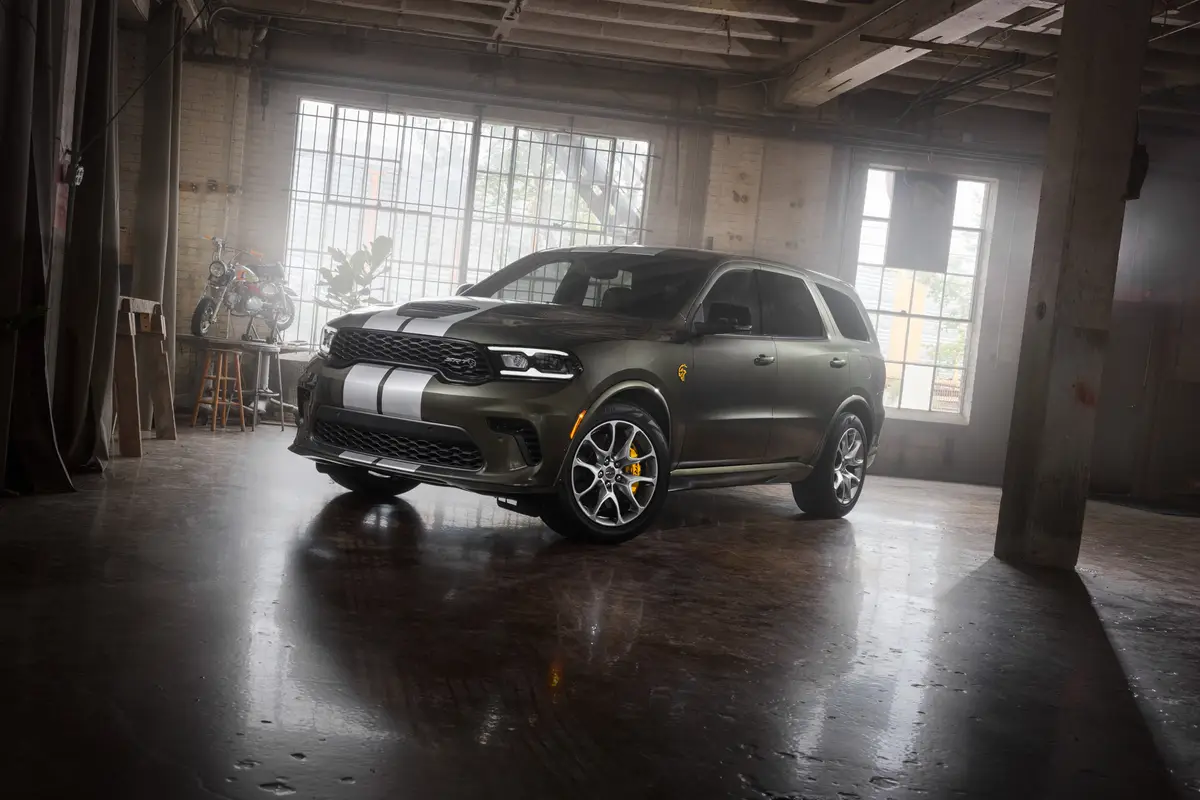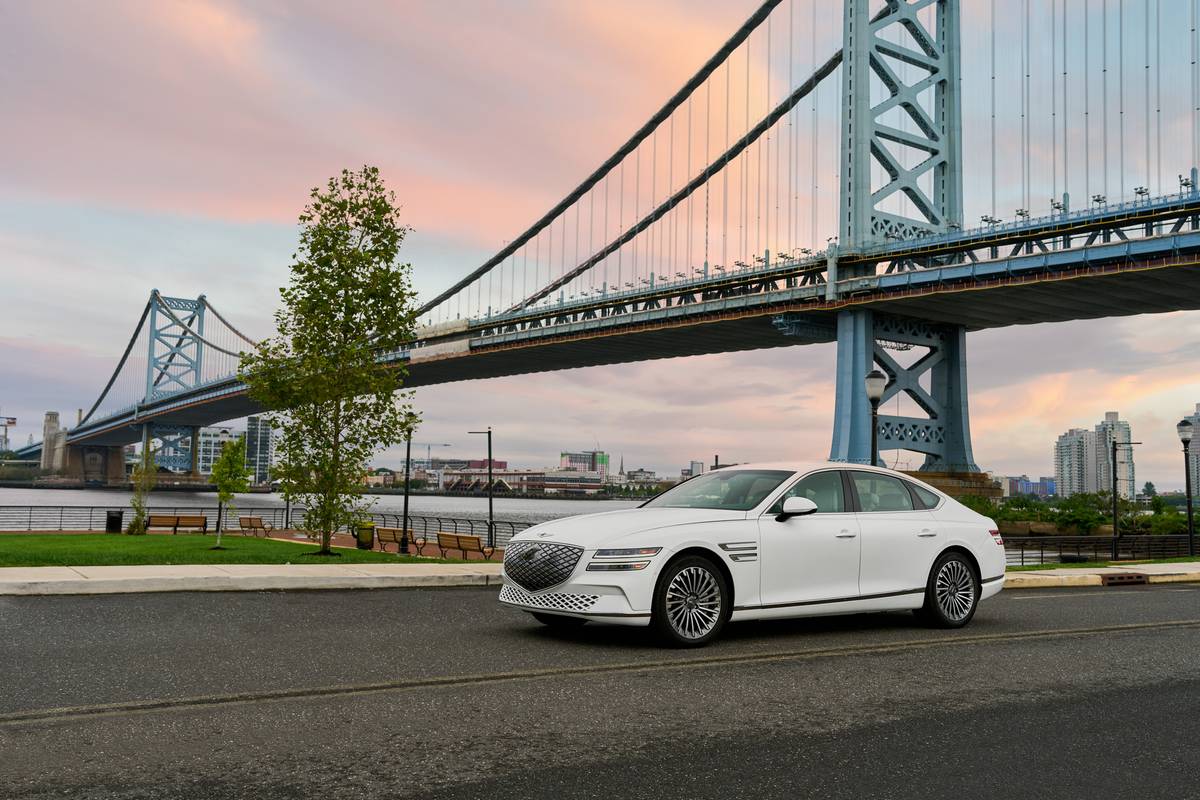washingtonpost.com's view
I was losing faith in the middle class in the matter of cars. It was a perception thing — a seeming vast array of automobiles with too little style, too little performance, too little funk.
It was as if most of the world’s automakers had decided that “middle class” and “boring” were interchangeable terms. Certainly, they had equated “middle class” with the generic sense of “conservative” — tending to preserve the existing order, to oppose change.
And though I ranted against the vanillification of cars such as the Toyota Camry, Honda Accord, Mitsubishi Galant and Nissan Altima, it became clear that this was a trend with a market.
The middle class — loosely defined as people with annual household incomes ranging from $30,000 to $55,000 — wanted cars neither fancy nor exciting. They wanted safety, in terms of both vehicular function and social perception. At least that’s what most automakers seemed to be thinking, and many buyers, based on the success of cars such as the Camry, seemed to be saying.
Fun, sensuality, creativity, excitement — those things, when it came to cars, were for the rich.
All seemed lost, until I spent a couple of weeks in the 1998 Volkswagen Passat GLS sedan. Whoa! Fast, nimble, tight, comfortable, well-styled and competitively priced — it is a car that respects the notion that the middle class has a soul, and dreams.
With this latest iteration, Volkswagen plans to double its annual U.S. sales of Passats to 40,000. But here’s betting the Passat will do better than that, by at least 10,000, assuming that Volkswagen’s production capacity can match demand.
Background: It’s no accident that the new Passat looks and feels a bit like the more expensive Audi A4. The two cars share the same platform, or basic understructure. But the Passat’s wheelbase has been stretched three inches longer than that of the A4.
The stretch job supports the Passat’s primary mission, which is to serve as a family runner capable of seating five people. But the A4’s 1.8-liter, turbocharged four-cylinder engine, as well as some suspension components, gives the Passat a performance edge absent from many comparable front-wheel-drive mid-size sedans.
The skeptical among you might want to conduct your own tests: Visit some dealerships. Run the 1998 Passat GLS against current editions of comparably equipped Camry, Accord, Galant and Altima models. For that matter, run the four-cylinder Passat against the six-cylinder Camrys and Accords.
You’ll be pleasantly surprised, especially by the oomph of the Passat’s turbocharged four — a 20-valve deal (five valves per cylinder) designed to produce 150 horsepower at 5,700 rpm and 155 pound-feet of torque from 1,750 to 4,600 rpm. That flat torque curve yields beau coup smooth pulling power in low and high gears.
The test car was equipped with VW’s optional five-speed Automatic Tiptronic transmission, which purports to offer drivers a selection between automatic and manual shifting. I found this silly. The clutchless “manual” wasn’t really manual at all. It simply required shoving the automatic shift lever to the right and pushing up for high and down for low gears. If you want a real manual, get the standard five-speed manual gearbox.
But if you want a middle-class, mid-size family sedan that will make you smile, well, hey, you’ll be hard pressed to do better than the new Passat.
1998 Volkswagen Passat GLS Sedan
Complaint: The Automatic Tiptronic transmission. Also, VW’s insistence on using hard-to-reach spindle wheels to operate the back portions of its front seats.
Praise: Tight, rigid body construction. Overall quality feel of the car. Zippy road performance.
Head-turning quotient: Easily out-neck-snapped the Camry, Accord, Galant and Altima. It drew lots of attention and unsolicited, favorable comments at New Jersey Turnpike rest stops.
Ride, acceleration and handling: Top class in all three categories. Excellentb aking (power four-wheel discs with antilock backup).
Safety: In addition to antilock brakes — front driver and passenger air bags; front side air bags; rigid body structure with crash deformation zones designed to mitigate the impact of crash forces going to the passenger cabin; daytime running lights to help increase vehicle visibility any time the car is running. Also, lap belts and shoulder harnesses. Use them.
Sound system: AM-FM stereo radio and cassette. VW’s Premium III system. Flat flats. Too round bass. Too high trebles, despite adjustments. Poor.
Price: Base price is $20,750. Dealer’s invoice price on base model is $18,676. Price as tested is $23,275, including $950 for optional leather seating, $1,075 for the optional Automatic Tiptronic transmission and a $500 destination charge.
Purse-strings note: Overall excellent value for the money. To save money, dump the leather and go with the standard five-speed manual.
Latest news



